Low-speed Gearless Converter Drive
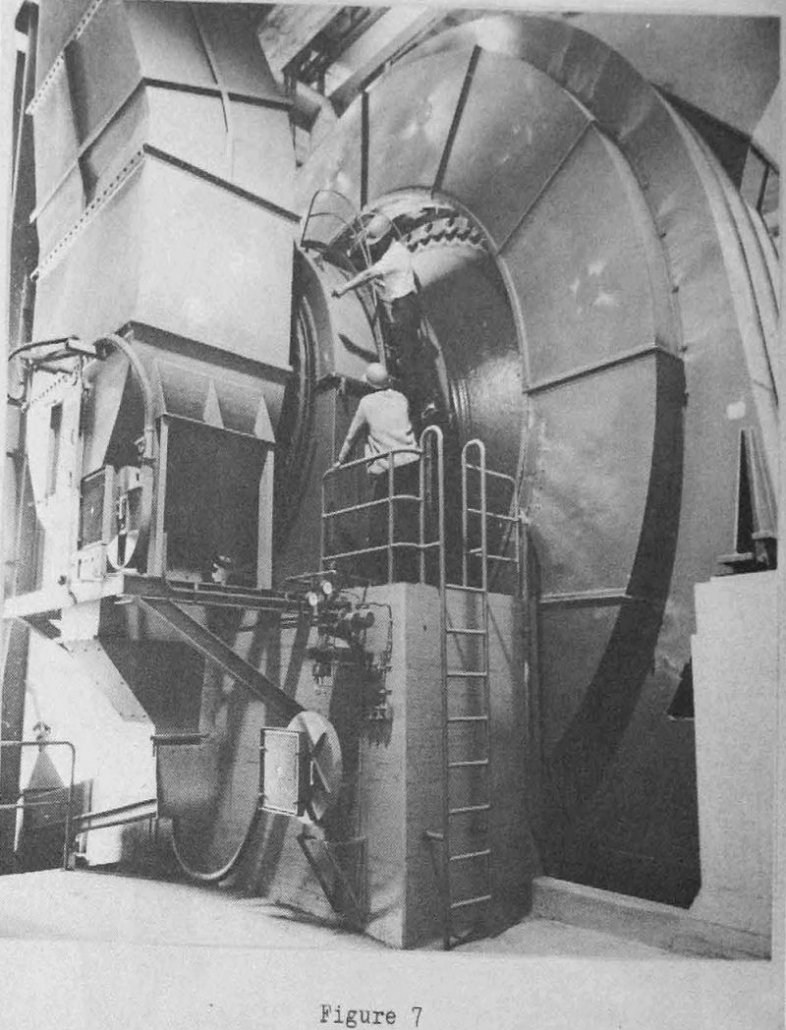
The first motors of this type were built to drive ball mills in the cement industry, which are very similar to those employed for ore processing. Here, too, the tendency is to build units of ever increasing capacity. In the case of conventional drives with mechanical gearing, this involves correspondingly increasing difficulties. Technical principle A […]
Hydraulic Excavator
First, the hydraulic excavator enjoys tooth forces of the shovel because the dipper is attached to the machine with a dipperstick and boom, and can often actually realize greater tooth forces than a shovel because of the prize action of the dipper in hard digging. Digging range can be as deep as 35′ while dumping […]
Gypsum Calcining
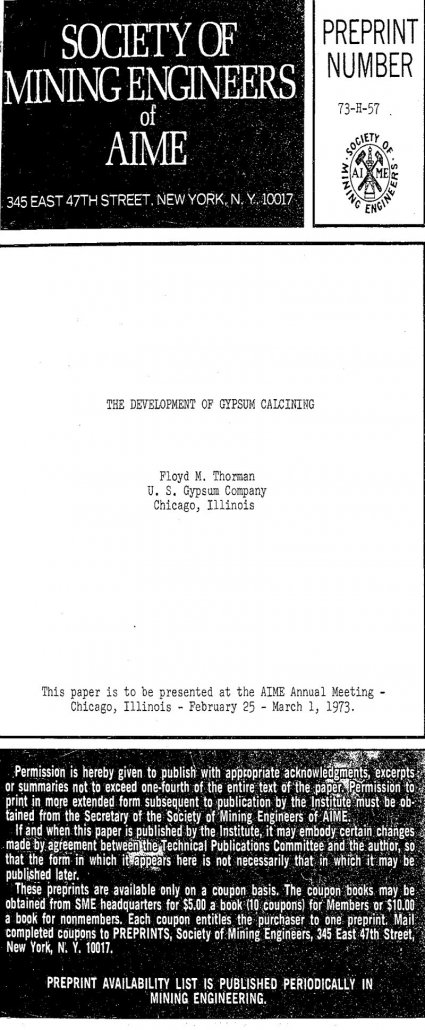
Gypsum is the crystalline chemical compound CaSO4·2H2O. A close chemical relation – and frequently occurring with Gypsum – is Anhydrite which is CaSO4. Gypsun has wide commercial use because relatively simple heat processing reduces it to Plaster of Paris. While Anhydrite can be converted to Gypsum and thence to Plaster of Paris, the procedure is […]
Grinding and Concentration of Conglomerate Copper Ore
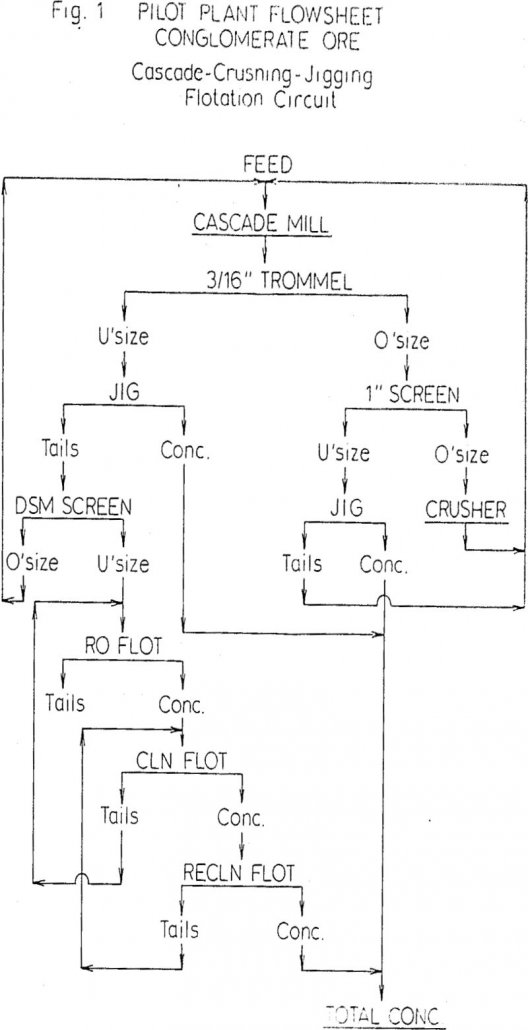
The conglomerate ore analyzed approximately 1.2% copper. The specific gravity of the ore was 2.72 and the bulk density was 108 pounds per cubic foot (determined on “as is” ore). The Bond laboratory ball mill work index was determined as 22.0 at 65 mesh. Autogenous Grinding Tests Crude ore was fed manually to the mill, […]
Simulation of Dry Ball Milling using Specific Power
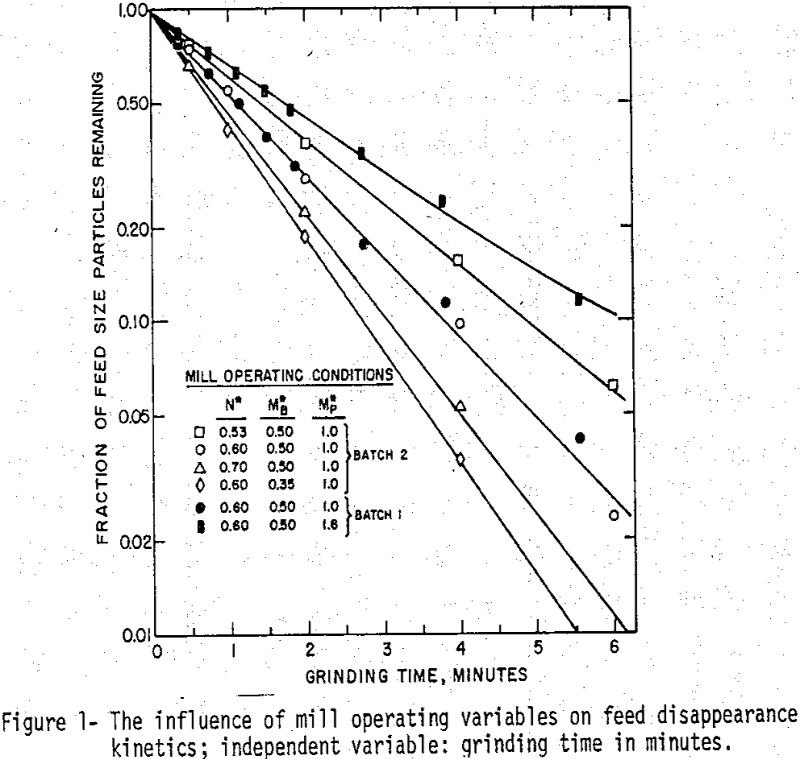
The energy-size reduction relationship was the dominant form of mathematical model used in the description of tumbling mill grinding processes. Typically, in these models some single measure of product fineness (e.g. the 80% passing size, the size modules, the specific surface area) is chosen as the dependent variable and the energy input per unit mass […]
Continuous Particle Size Analyzer for Metallurgical Slurries
A continuous on-line particle size analysis system for solid/liquid suspensions is described. The basic sensor utilizes a centrifugal principle to separate particles according to size, the resultant separation being measured by means of beta-ray attenuation. Results obtained when analyzing a variety of materials at sizes from 65 mesh (210 microns) to 20 microns are discussed in […]
Adsorption Flotation Plagioclases
Sulfonate Collector Data on sulfonate adsorption by silicate minerals are very scarce in the literatures. The experiments were divided into two groups. The first group included the study of the flotation response of plagioclases as a function of pH and sulfonate concentration. This group also included the study of the effect of Ca(II) and Al (III) […]
Acid Mine Drainage Control Methods
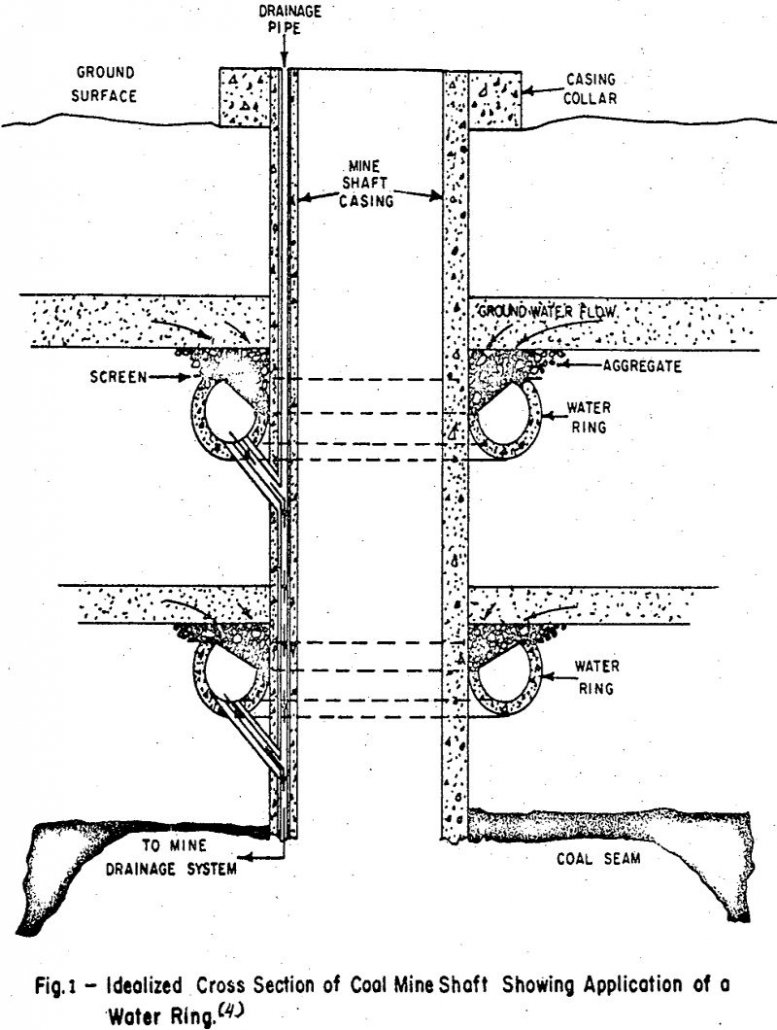
In past years, water drainage control in coal mines has been primarily directed on the basis of water quantity rather than quality. Due to the recent intense interest in total ecology and environment, emphasis has shifted to the point where the water exiting from a mining operation may be of better quality than when it […]
Accident Prediction Techniques
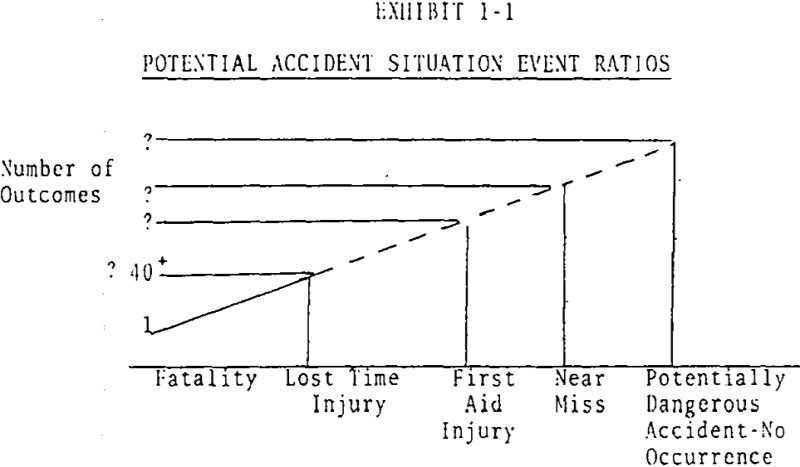
The secret to accident prediction is to utilize the tendency for history to repeat itself. The same circumstances and the same human behavior that produced accidents in the past tend to produce accidents in the present and the future. The ability to predict accident occurrence in the future by projecting from the past is a […]
Underground Storage of Mine Wastes
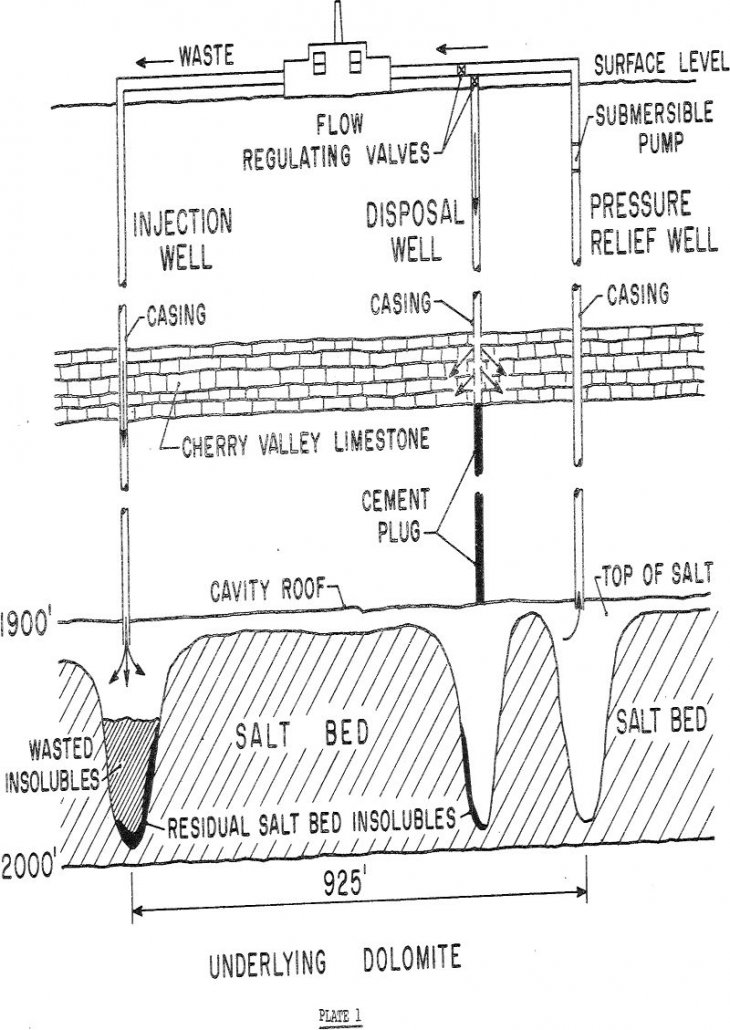
In 1960 the management of International Salt Company made the decision that all waste material from the Watkins Glen plant would be stored in underground salt cavities. The cavities which they contemplated using had been depleted of salt to a point where continued operation would have impaired their structural stability. Originally, the waste to be […]
